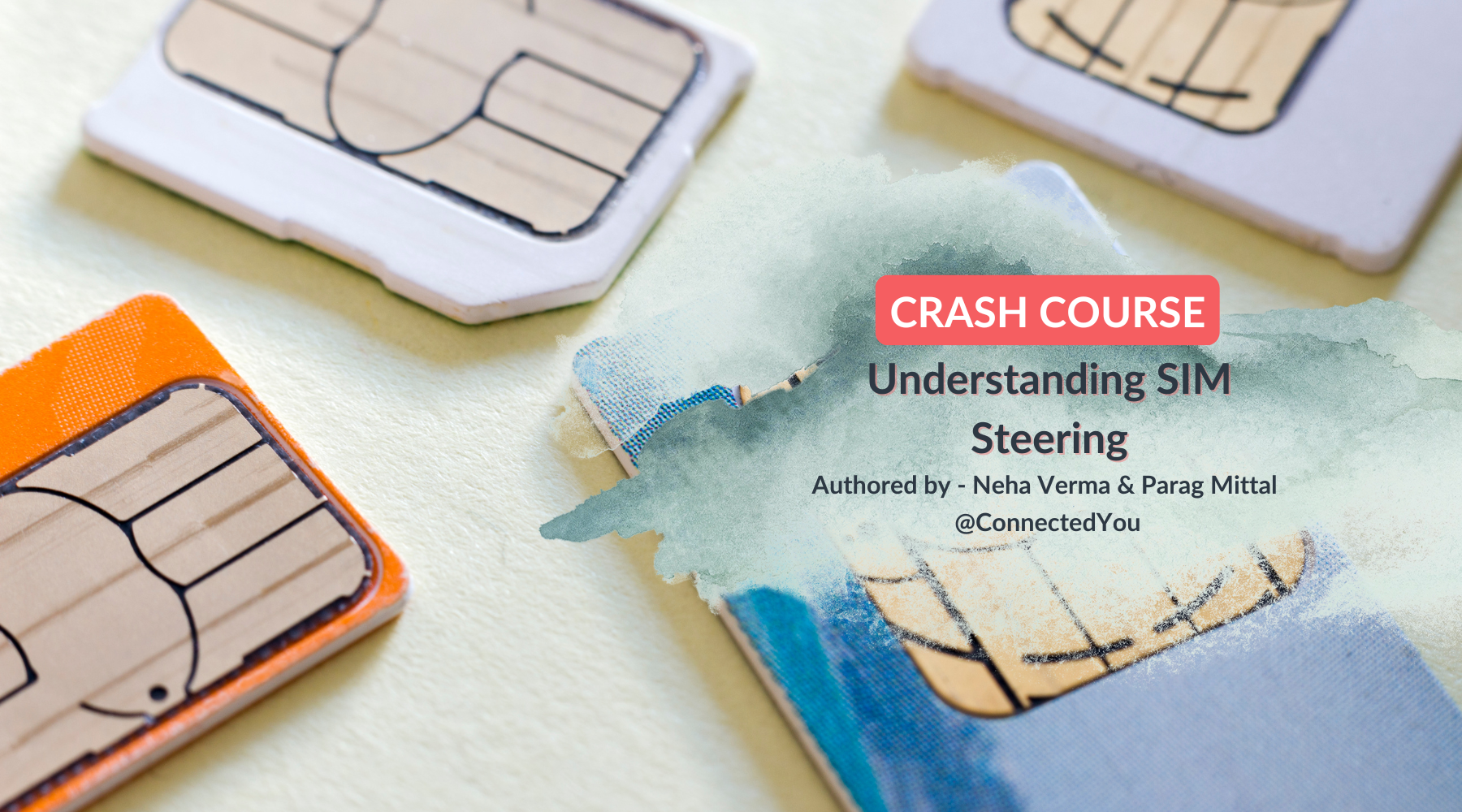
Understanding SIM Steering For IoT
Choosing a SIM card that functions flawlessly is one of the most crucial factors when deploying IoT/ M2M devices in multiple countries. Although there are many factors that contribute to selecting the right connectivity solution, the choice between steered and non-steered SIMs plays an important role.
Understanding SIM Steering
Understanding multi-network roaming SIM is essential before diving into the distinctions between steered and non-steered connectivity. A multi-network roaming SIM is one that can operate on multiple networks in a country. The cost of roaming varies significantly between providers within a country as well as between nations. The ability for subscribers to connect to the roaming network with the most affordable prices for calls, SMS, and, most crucially, data, would be perfect if there were numerous roaming partners in a given area.
Roaming steering is the name for this ability. The choice of partner networks that subscribers may use is made by the mobile operator. Mobile operators usually implement steering to force SIMs to connect to a preferred network in a country where roaming agreements allow multiple network coverage. This is done either on the network level or by using a preferred roaming network list on the SIM. SIM-based steering (steered SIMs) and network-based steering (non-steered SIMs) are the two different types of roaming steering.
What are steered SIMs?

When roaming agreements are made the pricing is not the same for all networks therefore mobile operators usually would force the SIM to connect to the cheapest network. By setting the SIM to a low-cost network, the intention is to reduce operating expenses while generating higher margins, occasionally at the cost of network quality. Forcing a periodic switch to a preferred network also reduces the efficiency of the IoT/ M2M connectivity solution.
Therefore, even when stronger and higher-quality networks are available, steered SIMs connect to the preferred networks. For most IoT/ M2M use cases, we do not advise using steered SIM cards, especially when paying for multi-network coverage.
What are non-steered SIMs?
There is no predefined choice on the network list for non-steered SIMs. Instead, these SIMs allow devices to connect to the strongest and best network in a given location automatically. Non-steered SIMs are essential for use cases that cannot risk being disconnected often or connections being refreshed frequently..
What kind of SIMs does ConnectedYou offer?

We offer non-steered SIMs with global coverage and multi-network support in most countries for the best possible connected experience of your IoT/ M2M devices. Our aim is to democratize IoT and provide a universally independent solution. While looking at connectivity solutions, our non-steered SIMs can be the best fit for you. Contact us to learn more.
WHY CONNECTEDYOU?

Our connectivity solution is universally independent of any connectivity provider. Choose from 40+ pre-integrated connectivity suppliers based on your connectivity requirements across different regions.
We orchestrate the critical components that include - eUICC-enabled SIMs/ eSIMs, global IoT/ M2M connectivity, unified monitoring & management, and remote SIM provisioning capabilities into a single solution as a one-stop-shop. Here’s why our product is the best solution for your enterprise -
- The largest network of 2G, 3G, 4G, 5G, LTE-M, and NB-IoT networks
- Connectivity for countries with permanent roaming restrictions
- Transparent Pay-As-You-Go pricing without hidden charges or minimum commitments
- Single contract enabling hassle-free multi-supplier sourcing without lock-ins with any connectivity provider
- Unified platform to manage your IoT/ M2M SIM cards irrespective of the connectivity supplier
- Capability to switch connectivity suppliers remotely without SIM replacement and without any additional transaction costs
- Central support desk for all connectivity issues
Hope this article helped you gain some insight into the type of SIM technology you can opt for in 2022.
Authored by - Neha Verma & Parag Mittal @connectedyou
